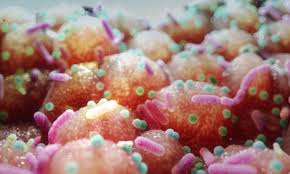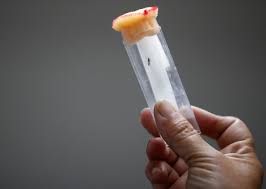In a major relief for hay fever patients, researchers at the Kazakh National Agrarian Research University have developed a new, one-of-a-kind pollen-blocking nasal molecular shield, which is currently unlikely to cause side effects typically seen with standard treatment.
Hay fever is an allergic reaction that happens when pollen attaches to IgE antibodies found in the nose, mouth, and eyes. This triggers inflammation, sneezing, and itching. Treatments like antihistamines and steroids reduce inflammation, but they can be ineffective and cause drowsiness.
In search of an alternative treatment, Kaissar Tabynov at the Kazakh National Agrarian Research University and his team collected blood samples from mice.
From these, they extracted an antibody that binds to the main allergen found in mugwort pollen, which is a common trigger of hay fever. In tests, this binding prevented attachment between the allergen and IgE antibodies. “It acts like a molecular shield,” explains Tabynov.
A week later, the team administered a small droplet of liquid containing the pollen-blocking antibody into the noses of half the mice, repeating the process thrice over five days.
The remaining mice received saline solution instead. An hour later, mice were exposed to mugwort pollen at concentrations similar to those encountered by people with hay fever, according to New Scientist.

















































